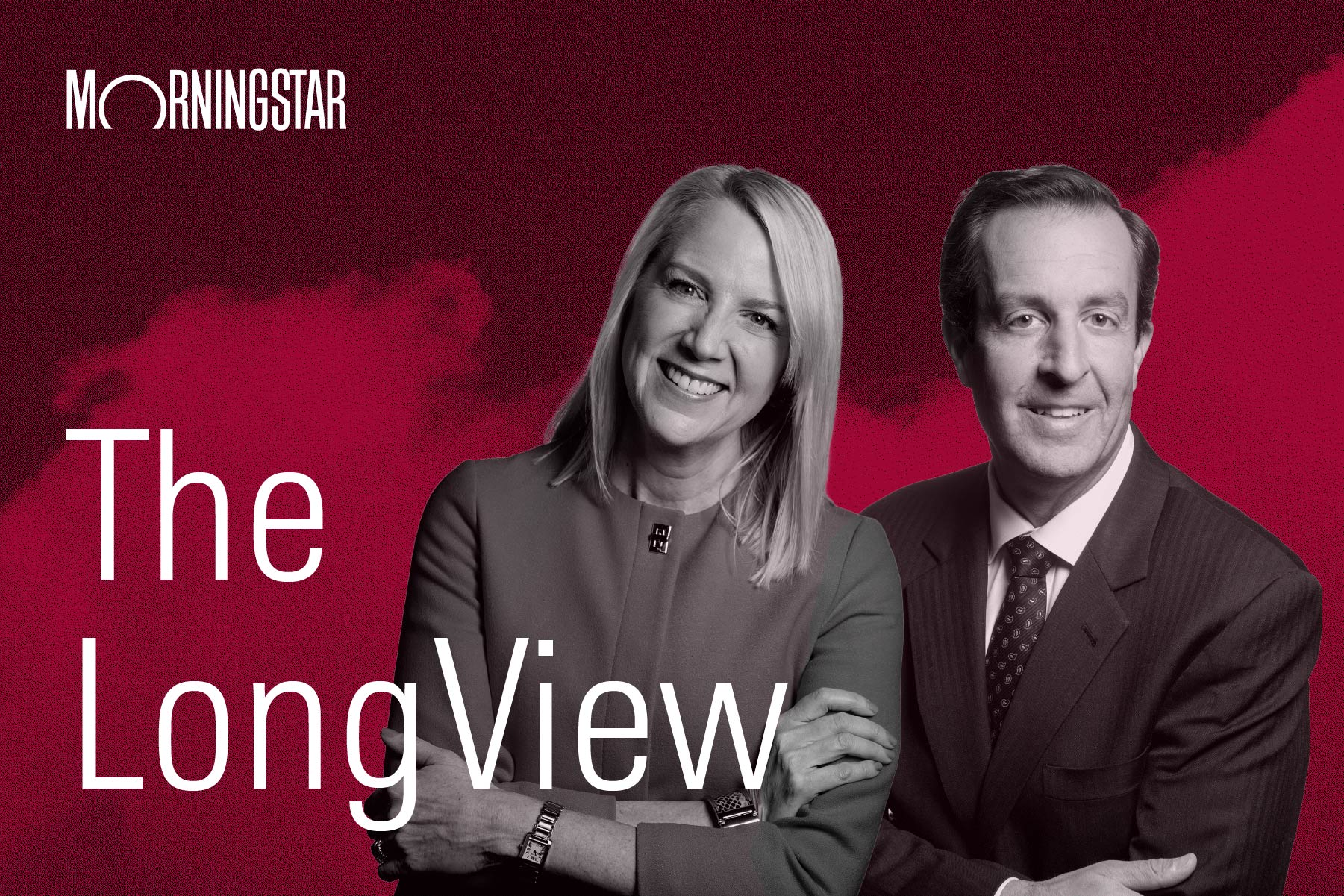How Can Advisors Succeed at Manager Selection?
Your relationships with managers you’ve invested in have to be for the long term.

On this episode of The Long View, PitchBook’s head of research, Nizar Tarhuni, talks manager selection, asset allocation, portfolio construction, and the state of private markets and venture capital investing.
Here are a few excerpts from Tarhuni’s conversation with Morningstar’s Christine Benz and Jeff Ptak:
Strategy and Manager Selection
Jeff Ptak: I wanted to jump ahead and talk about strategy and manager selection. Your team put out some very interesting research on persistence of performance, persistence of returns, from say one fund to the next fund. What did you find? Did you find that there was any sort of relationship between past and future performance?
Nizar Tarhuni: I think it all comes down to the individual manager. I think there’s nothing there collectively across the asset class that I think will actually tell you that there’s full-blown persistence across the entire asset class. I think what you’ll find is, we’ve seen managers that you would say are maybe lower quartile, the bottom-quartile managers that somehow just continuously raise capital—they’ve got three or four vehicles and some of that’s due to the makeup of when they’ve signed up brand-new LPs who commit to two or three vehicles. And you see managers who have tremendous persistence and are incredible risk-takers.
I think in terms of from an advisor perspective, I think that’s, for me, it makes the conversation around, can you put more retail investors in private equity or in alternatives or in venture? It makes it a tougher conversation for me. I think there’s a lot of optimism about trying to include that pool of capital in private equity. But I think that the manager selection piece is where I think part of that falls down. So, access to the best risk-takers in the world, typically those funds have large institutions who have large swathes of capital they’ve put in and are committed for many, many, many years, if not decades, and they typically don’t need to necessarily raise more capital from others. And what I worry about is then you see from a manager selection perspective is net newer managers with less track records who haven’t had persistence for a long period of time. And they’re the ones who end up trying to tap the retail market. So, you end up actually putting investors who need more liquidity and need better Sharpe ratios in less-proven managers without performance persistence. So, I think it varies, but it certainly comes down to access to the type of manager that you’re putting money in.
How Can Advisors Succeed at Manager Selection?
Christine Benz: Relatedly, you found that the range of returns among private funds is much wider than it is for public markets. For instance, over the two decades ended in December 2022, you found a more than 10% annual gap between the top and bottom quartile of PE funds. And it was even wider for venture capital. So, it seems like that puts a premium on fund and manager selection. Kunal referenced this yesterday in his conversation. So, how can an advisor improve his or her odds of success on the manager selection front?
Tarhuni: It’s a great question and one that I think is really hard to answer in one simple way. I think, from an advisor perspective, a lot of it comes down to how much money can you actually put to work and what’s the capacity you have as a platform. I think what we’ve seen is where we’ve seen larger advisors who pull a tremendous amount of capital together across their platform or find ways to also allow a lot of individuals in their platforms to invest directly with sidecar vehicles tend to have a little bit more control over the fee structure, which improves the outcome that they’re going to get. But I think when you see advisor platforms that look to just simply find some sort of small allocation in a larger fund or with bigger managers that has a little bit more liquidity involved, typically what we’ve seen is the more liquidity a fund offers, the less return it’s typically going to offer.
I think from that perspective, the relationship with a manager that you’re invested in truly has to be long-term in nature. So, when you look at institutions who have been able to seed big GPs over the past decade or two, typically they’ve committed capital to three or four vehicles at once. So, if you’re committing capital to three or four vehicles at once, that means you’re building a 12- or 13-year relationship right off the bat. And I think you’re also OK with that illiquidity for 12 or 13 years because you’re going to reinvest into multiple vehicles before you ever know how they really perform. I think that’s probably hard for many advisors to do, depending on the size of saying, hey, I’m going to put money to work. And it’s OK, we don’t need to know what the return profile might look like. And I’m OK with the illiquidity for 12 years. And I think depending on who you’re serving, you might have some investors or individuals who are OK with that, and you might have some that simply aren’t. So, I think it’s a challenging question, but it really comes down to, Can you put together the capacity of capital that’s really attractive to a GP that also allows you to get preferential treatment in some of your return stack? And then, the fee treatment, do you have the sophistication to underwrite some of the direct opportunities you might have alongside that manager, and can you do that for an extended period of time?
The author or authors do not own shares in any securities mentioned in this article. Find out about Morningstar’s editorial policies.


/cloudfront-us-east-1.images.arcpublishing.com/morningstar/6NPXWNF2RNA7ZGPY5VF7JT4YC4.png)
/cloudfront-us-east-1.images.arcpublishing.com/morningstar/RYIQ2SKRKNCENPDOV5MK5TH5NY.jpg)
/cloudfront-us-east-1.images.arcpublishing.com/morningstar/6ZMXY4RCRNEADPDWYQVTTWALWM.jpg)